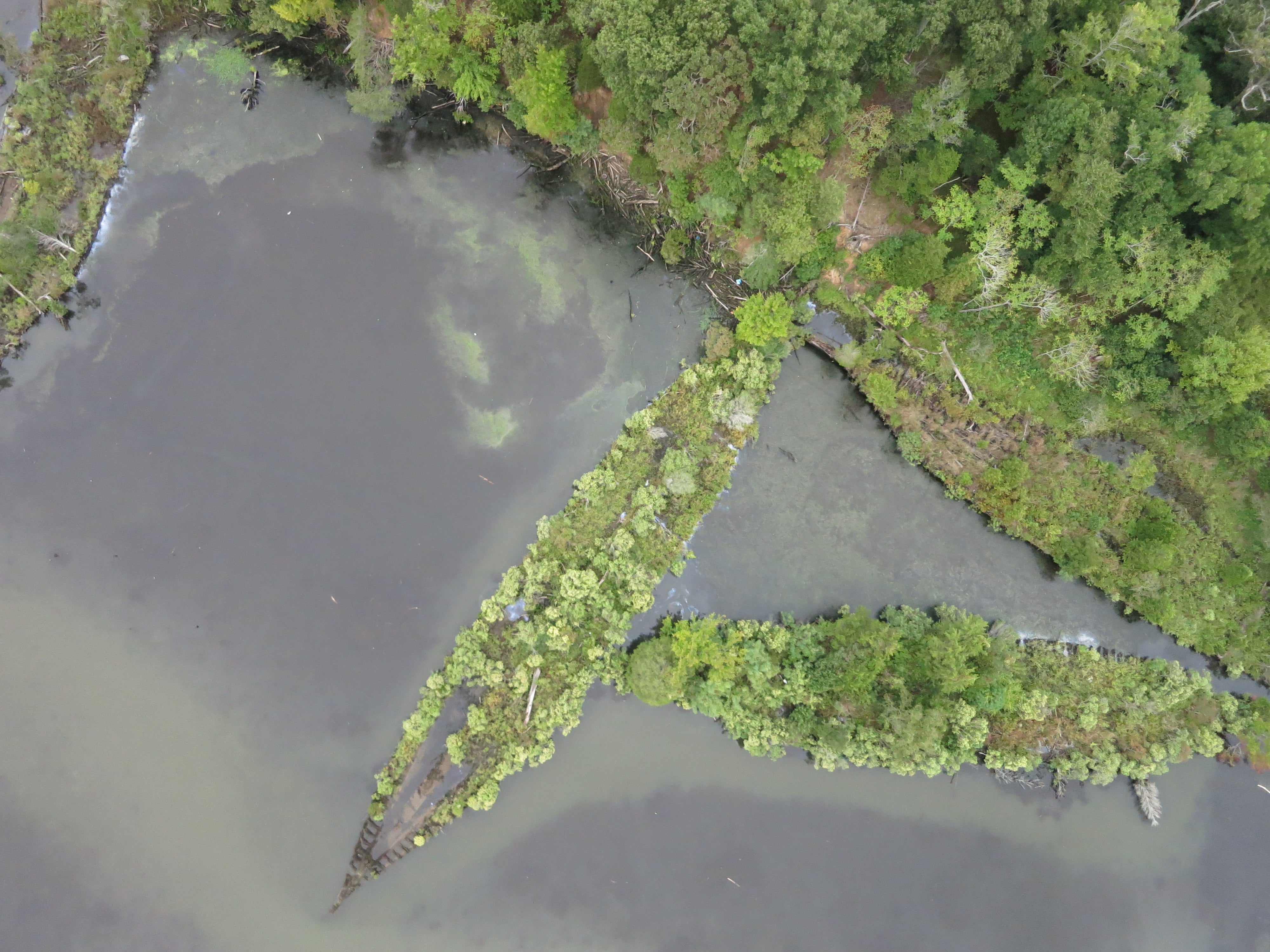An ecosystem of marine life has been found thriving on and around munitions disposed in the Baltic Sea, upending our understanding of ocean life forms and their tolerance to toxic chemicals.
A study of World War II munitions published in Communications Earth & Environment suggests that marine organisms can tolerate high levels of toxic compounds if there’s a hard surface for them to inhabit.
Another study covering World War I shipwrecks, published in Scientific Data, shows that detritus from human conflict can provide habitats for wildlife.
Before the 1972 London Convention on the Prevention of Marine Pollution came into force, unused toxic explosive munitions were frequently dumped into seas.
These munitions contained chemicals deemed highly toxic to marine life, although the hard metal casings provided a suitable surface for organisms to live on.
The latest study used a submersible drone to investigate a newly discovered munitions dumpsite in the Baltic Sea’s Lübeck Bay in October 2024.
The researchers filmed the discarded weapons and analysed water samples from the site. They also assessed two areas of the surrounding sediment for comparison.
The munitions included warheads from V1 flying bombs, a type of early cruise missile used by Nazi Germany in World War II.

The researchers found that several marine species such as the European green crab, the Atlantic cod, sea anemone, a species of worm, and starfish were present more on the munitions than on the surrounding sediment.
There were, on an average, 43,000 organisms per square metre on the munitions as against 8,200 on the seafloor.
This is similar to the marine life abundance previously found on natural hard surfaces in the bay, the researchers said.
Concentrations of explosive chemicals like TNT and RDX in the water varied from as little as 30 nanograms per litre to as much as 2.7 milligrams per litre – a level thought to be potentially fatally toxic to marine life.
Compared to the seafloor sediment, there could be advantages for organisms in living on the hard surfaces of the munitions, outweighing the disadvantages of the chemical exposure, the scientists said.
Most of the marine organisms documented in the study live on munition casings rather than uncovered explosive material, suggesting that life forms try to limit their chemical exposure.
Although the munitions had become an important habitat in the bay, the researchers called for replacing them with safe artificial surfaces, which would further benefit the local ecosystem.
The other study provides a high-resolution map of all 147 wrecks in the so-called “Ghost Fleet” of Mallows Bay, on the Potomac river in the US.
These ships, built during World War I, were deliberately burnt and sunk in the late 1920s.
These wrecks have since become a habitat for a wide variety of wildlife, including ospreys and the Atlantic sturgeon.
The researchers hope their map of the “Ghost Fleet” will prove useful for future archaeological, ecological and cultural research.


